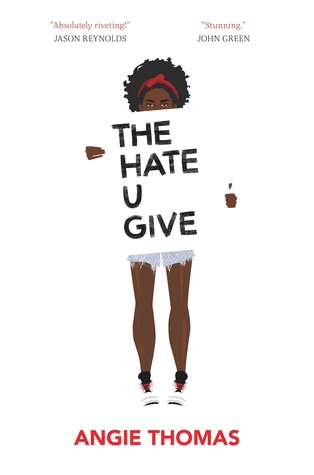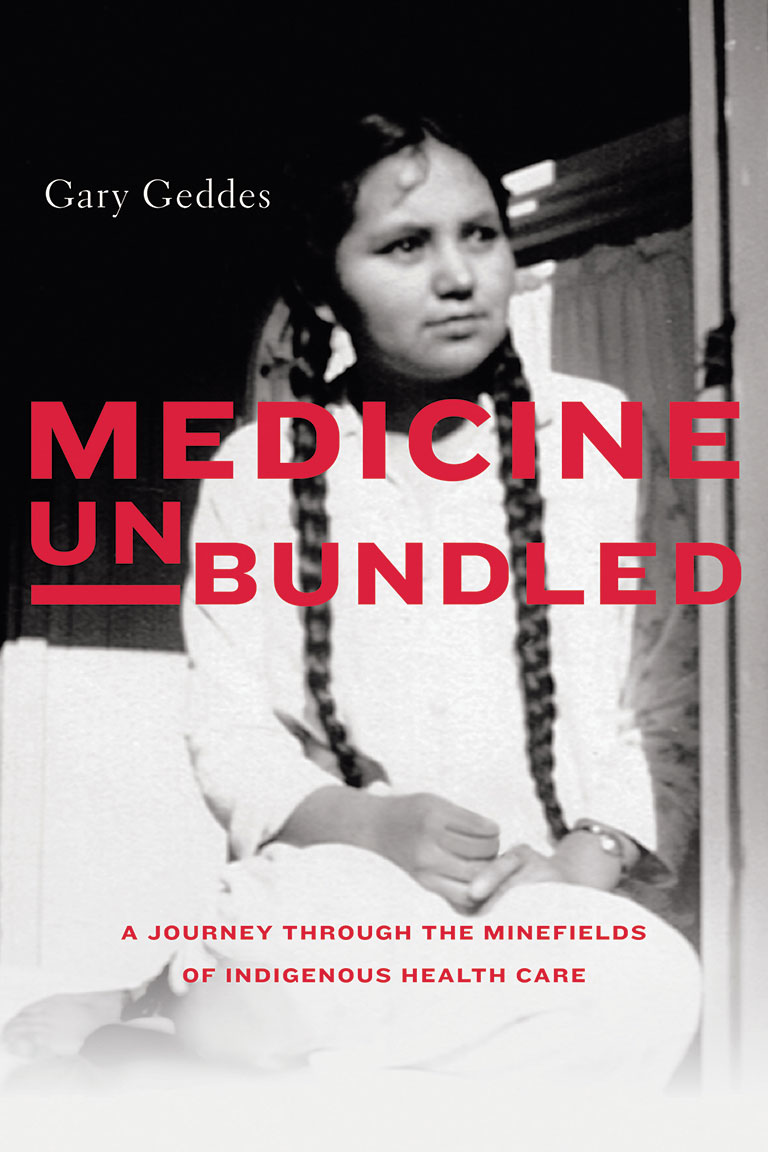BCTF. (2020). Racism in Canada: Secondary Lesson Plans. From https://bctf.ca/uploadedFiles/Public/SocialJustice/Issues/Antiracism/RacismInCanadaSec.pdf
This document is a collection of three lesson plans on the subject of racism in Canada published by the BC Teacher’s Federation, particularly during the First and Second World War. These lesson plans provide clear learning outcomes and objectives for students, and look at different historical events in looking at racism and racial discrimination in Canadian society during this period. These lesson plans do not go into depth about the greater themes of systemic racism, race as a social construct, anti racism versus non racism etc. However, they can nevertheless be beneficial for social studies educators who hope to incorporate some activities and assignments that center around these issues of racism and discrimination in Canada’s recent history.
BCTF. (2018). Show Racism the Red Card – Multicultural and Anti-Racist Education. From https://bctf.ca/uploadedFiles/Public/SocialJustice/Issues/Antiracism/2018%20Show%20Racsim%20the%20Red%20Card%2020180223-web-sm.pdf
“Show Racism the Red Card – Multicultural and Anti-Racist Education” is a compilation of many different lesson plans and activities for both elementary and secondary school students, that are aimed at promoting a multicultural and anti-racist education. The activities and lesson plans are well articulated for educators to know what grades they should be used for, what resources are needed, the time frame etc. These lessons and activities range from short exercises that explore key themes/issues including oppression, discrimination, racism etc, to longer discussions and whole class lessons on these greater issues. While these lesson plans and activities are not specific to certain content objectives, they may be incorporated throughout the course, in order to focus on greater themes of multiculturalism, anti racism, and equity.
Dr. Anh, C. et al. (2020). Anti-Oppression/Anti-Racism Resources for Educators. Queen’s University: Faculty of Education. From https://educ.queensu.ca/sites/webpublish.queensu.ca.educwww/files/files/ScholarStrike%20Resources%20FINAL1.pdf
This extensive educator’s guide offers activities, resources, lessons, and literature for elementary, secondary, and even post-secondary educators to use when teaching about anti-racism, anti-oppression, and many other issues of a similar nature. While only a small section of this educator’s guide is fitting for secondary school educators, the resources and activities provided can be very impactful, beneficial, and significant for students in promoting these difficult discussions and conversations. This is not a BC guide, thus the resources are not specific for the BC curriculum. However, BC social studies educators can apply the lessons and resources offered on this guide in a way that would suit the BC curriculum, whilst ensuring that students are discussing, learning about, and partaking in activities and exercises that explore these critical themes and issues in our society.
Voices Into Action. (2014). Fast-Fighting Antisemitism Together. Retrieved December 10, 2020, from https://www.voicesintoaction.ca/Home?_role=student
This website provides educators with curriculum-centered resources, materials, lesson-plans, and activities aimed to educate students about the issues of discrimination, social justice, racism, and oppression. Voices Into Action provides teachers with concrete lessons organized by unit, that focus on both historic and contemporary human rights injustices. Not only does this website provide detailed lesson plans, activities, discussions, and materials suitable for social studies teachers, but it is a Canadian resource thus these lessons and materials all focus on these issues in our national context. This website contains both a student and educator portal, making it very convenient for educators to assign certain activities, readings, or discussion questions to students, and use the teacher’s portal to access specific lesson plans that fit the grade they are teaching. BC educators can use the lesson plans, unit outlines, or activities with various grade levels, by catering the wide variety of materials provided to the subject area, topic, or time period they are teaching. As these materials are not directly connected to the BC curriculum, social studies teachers who use this resource should ensure that they are still meeting the curricular and core competencies outlined in the BC curriculum.




